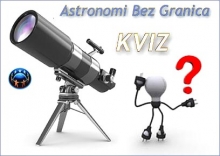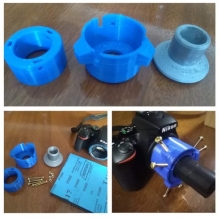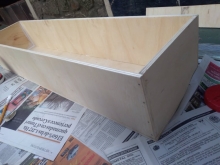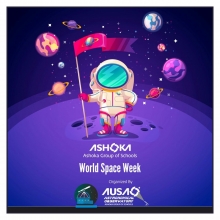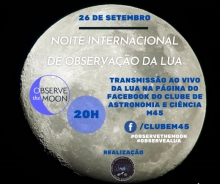Why not commemorate this event by naming a crater on Mars, in the Astronomers Without Borders province, the first province to be named on Mars on Uwingu's new map! When you name a crater there, you not only support the Uwingu Fund for astronomy research, education, and public outreach, but 10% goes directly to AWB's global programs.
|
Name a Crater on Mars! |
HELPFUL HINTS:
Mars is in the constellation Virgo near the star Spica and will be rising mid evening in March, beginning retrograde motion on March 1st.
Check out this on-line atlas of Mars so you can familiarize yourself to the various surface features on Mars. Because Mars rotates every 24 hours and 35 minutes, if you plan your observing at the same time each night, you will see almost the same face of Mars each night. Consider changing the times of your observations.
Sky and Telescope’s Mars Profiler will show you what features are facing Earth based on UT times you enter.
Below are some helpful hints from Ken Graun’s, What’s out Tonight? Celestial Almanace and Astronomy Field Guide 2000 to 2050:
For a complete experience, start to observe Mars a month before, at opposition and a month after to view the different sides of Mars.
Grab some paper and a pencil and try sketching to train your eyes for features on Mars.
Observe Mars frequently since there may be challenges such as wind storms on Mars clouding out the viewing and turbulence in Earth’s atmosphere and of course our weather.
Due to Earth’s heat and haze, Mars will look more like a shimmering star, so to avoid this, observe Mars when it is highest in the sky usually around midnight around opposition.
OBSERVATION AIDS: To maximize your observing the many features (given you have enough aperture) use the following filters.
Yellow #13, #15 - will brighten desert regions and darkens bluish and brownish features.
Orange #21, #23A - increases contract between light and dark features, penetrates hazes and most clouds, and limited detection of dust clouds.
Red #25, #29 - gives maximum contrast of surface features enhances fine surface details, dust cloud boundaries, and polar cap boundaries.
Green #57 – darkens red and blue features, enhances frost patches, surface fogs and polar projections
Blue – Green #64 – helps detect ice fogs and polar hazes.
Blue #80A, #38, #38A & Deep Blue #46, #47 – all help show atmospheric clouds, discrete white clouds and limb hazes, equatorial cloud bands, polar cloud hoods and darken reddish features.
Magenta #30, #32 – improves polar region features and clouds
Download images of Mars to swell print for people with visual impairment from Amazing Space.
Much success to all who embark on their Martian Adventure this GAM! Share your experience with the world on Facebook or the Flickr group and Tweet using #GAM2014 and #GAM2014Mars(@gam_awb).
Check out our Observing Resources and People with Disabilities Astronomy Resources.









